
Kasturi and I were in Ladakh for 12 days in December 2019 to do the Markha Valley Trek. I have shared my experience in three blog posts, and this is the last in the series. The first post is about our time in Leh before the trek, and the second post describes our six-day trek. Continue reading to know more about the Ladakh Monasteries and Gurdwara we visited after the trek.
Skiu Monastery
It was December 9, and the plan was to leave Skiu soon after breakfast, but the taxi was late. Ali had managed to get the keys to the monastery, so we walked to Skiu. This monastery was constructed in the 11th century.

Initially, it seems like a small monastery. However, a passage behind the idols in the first hall leads to another room that houses a statue that is probably 15-20 ft tall. The paintings in this hall are quite old and have faded/discoloured over the years. We stepped out of the temple, walked around the complex and then returned to our homestay in Kaya.
Kids at the homestay were back for winter vacation and were doing their homework diligently. The youngest one, around eight years old, was writing something in her notebook and her handwriting was beautiful.
Sangam – Confluence of Indus and Zanskar
Our taxi arrived around 11 am. We loaded our bags and left for Leh. On the way, we made two stops – one at Sangam (confluence of Zanskar and Indus river) and the second one at Patharsahib Gurdwara (Sikh temple).

A short drive off the Zanskar Valley Road led us to Sangam viewpoint. The cafeteria there was closed, and what must be a busy tourist spot in the peak season was empty. The confluence of the two rivers was a unique sight with sheets of ice floating on both Zanskar and Indus river.
Indus is one of the most significant rivers of the Indian subcontinent, originating in Tibet, flowing through India and Pakistan, and then draining into the Arabian Sea. Zanskar is a north-flowing tributary of the Indus.
Soon, we got back on the road and drove to our next stop – Pathar Sahib Gurdwara.
Gurdwara – Door to the Guru
My first Gurdwara visit was to Golden Temple in Amritsar in Punjab, India back in 2008. It is a massive complex with thousands of devotees, but still, there was a sense of calmness. It was my first experience at the Langar (community kitchen) as well.

At Langar, volunteers serve free vegetarian meals to all visitors irrespective of their background. Everyone sits on the floor and eats together. The entire operation is volunteer-driven, and anybody can volunteer at any of the stations in Langar. Hence, the Langar concept fascinates me.
Therefore, when Manish said there is a Gurdwara on our way back to Leh, I couldn’t resist the opportunity.
Pathar Sahib Gurdwara

As we entered the Gurdwara, we took off our shoes. Then, we washed our hands and feet, and covered our head (as is customary in all Gurdwaras). We got some tea and cookies in the first room we entered. On the wall were plaques from different Indian Army Regiments that have voluntarily maintained this Gurudwara over the years.
After tea, we entered the Darbar Sahib (main hall). Towards the back of the room, there is a boulder (Pathar in Hindi) with an imprint that followers believe is of Guru Nanak Dev (founder of Sikhism). Hence the name, Pathar Sahib.
The Gurdwara provides excellent information on its history and Sikhism in general. One of the volunteers gave us Karah Prasad (a religious offering made of semolina, sugar and butter) and then we proceeded to Langar. The food at the Langar was good, but it was spicy. I was glad that Brady and Kent skipped the Langar.
Back in Leh, we got together with Barb and Morgan. They had a great time exploring monasteries in Likir and Alchi. Barb said the homestay host at Likir – Stanzin was excellent and highly recommended his homestay.
Since we didn’t go to Kongmaru La, and got back from our trek a day earlier, Stanzin from Ecological Footprint arranged a taxi for us. The taxi would take us to Hemis and Thikse Gompas (Monasteries).
Hemis Monastery
After a good breakfast at Sia La guesthouse, we hopped in the taxi. For the first time, all seven of us – Kasturi, Barb, Morgan, Kundan, Brady, Kent and I were heading out on a trip together.

After about an hour’s drive from Leh, we reached Hemis. This monastery was built in the 17th century and is one of the biggest monasteries in the region. As you step inside, you enter the central courtyard, which is very impressive.

Doors to the temples were closed, and we looked around to see if any monk can help us. After a while, a monk arrived with keys to the central hall. The statues, paintings, artwork and colours inside the temple were amazing.
We followed the sign to see the Guru Padmasambhava temple on the second floor. The massive statue of Guru Padmasambhava (also called Guru Rinpoche) was impressive.

Later, we climbed the narrow set of stairs to the terrace. The terrace offered a panoramic view of the mountains and the Hemis Monastery complex sprawling across the nearby hills.
Thikse Monastery
On our way back to Leh, we made a stop at Thikse. It’s a 12-storey complex and is modelled after the Potala Palace in Lhasa Tibet.

“Less a monastery, more a city, perched on a rugged hilltop in the Indus Valley, enshrining a multi-storey statue of Maitreya, the future Buddha.”
– Lonely Planet on Thikse Monastery
The courtyard at Thikse is smaller relative to the Hemis monastery. The temple doors were closed. So, we walked around the complex, admiring the paintings and enjoying views of the mountains.

Later, we saw a few people enter one of the temples. It was the Maitreya temple and contained the biggest statue of its kind in Ladakh. A 15 m statue of Maitreya Buddha (portrayed in a seated position) installed in 1970 to celebrate the visit of the 14th Dalai Lama. It is probably the most beautiful Buddha statue I have ever seen.

It was getting late in the afternoon, and we were all hungry. We soon made our way back to Leh and the market. We treated ourselves to some Tibetan tea and delicacies like Thukpa, Thentuk and Momos.
LEDeG – Promoting Sustainable Development
After lunch, we set out to find the campus of Ladakh Ecological Development and Environmental Group (LEDeG). It was highly recommended for locally made handicrafts.
After asking around for directions, we finally found LEDeG campus opposite the ice rink. It was a small store with a selection of traditional clothing, pashmina shawls and scarves, woollen socks, hats, gloves, bags, souvenirs and some books.
My favourite purchase was the book “Ancient Futures: Learning from Ladakh” by Helena Norberg-Hodge. The book provides a glimpse into pre-modernized Ladakh. Furthermore, it makes a case for finding a sustainable model of development matched to local needs.
“No matter how attractive a traditional rural society may seem, its people cannot be denied the opportunity to enjoy the benefits of modern development. However, as this book suggests, development and learning should not take place in one direction only.”
H.H. The Dalai Lama, Feb 26, 1991. From Preface of the book “Ancient Futures. – Learning From Ladakh”
Who Needs Seatbelt?
We were back in the market for our last dinner in Leh, and we had a good celebration. It has been 11 days of pure fun in Ladakh. Kasturi, Kundan and I would fly back to Pune. While Kent, Barb, Morgan and Brady would fly back to Delhi and make a road trip to see some of the best attractions in Northern India. Barb and Morgan would further extend their trip and go to Nepal.
The next day we left early for the airport. At the gate, I saw a lady who seemed familiar. It was Cynthia Hunt, Founder and Director – HEALTH Inc. She has been working in Ladakh for the last thirty years, supporting grassroots community development in remote communities.
‘The Magic Mountain,’ a 2005 documentary by Patrick and Baiba Morrow, is based on Cynthia’s work in Ladakh. Cynthia was heading back to Canada to work on a new project, and it was her last day in Ladakh. Therefore, it was an incredible coincidence to have an opportunity to chat with her at the airport.
We soon boarded the plane. Snowfall had blocked the road to Srinagar, and there was no option but to take the flight out. As a result, the airport was quite busy. Many of these passengers were flying for the first time.
A person sitting just across from us didn’t have his belt fastened. The air hostess asked him to fix the seatbelt, but he didn’t. She insisted, so he replied, “I don’t need it.” She didn’t have a response for that and left. It was going to be a fun flight.
Travel Tips –
LEDeG – dedicated to promote ecological and sustainable development. Check it out for authentic locally made handicrafts, hostels and other community projects
Sia La Guesthouse – would definitely recommend this guesthouse. We stayed here before and after our trek. You can leave any extra bags or items you don’t need at the guesthouse when you head out for trek or other trips.
Acclimatization tips – First of all, rest at the guesthouse/hotel on your day of arrival. Secondly, if you are hiking to Leh Palace, do it at a relaxed pace. Maybe, add another day to acclimatization if feasible. Drink more water to avoid dehydration. Also, if you plan to take Diamox (Acetazolamide), please consult your doctor and local guide. Probably, you want to start the Diamox course before arriving in Leh. MedWild has an excellent video series on altitude illness.
Winter Gear – Because the temperature in some of the remote areas might drop below -20 C, you have to pack appropriate winter gear. Furthermore, make sure that you have a suitable sleeping bag. Homestays are not heated, so it is critical to have good insulation at night.
Disclosure: I am not affiliated with any of the above individuals or organizations.
Did you enjoy reading this post? Please subscribe to get weekly updates. Please share your feedback in the comments section below. Thank you!
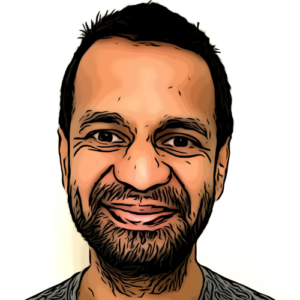



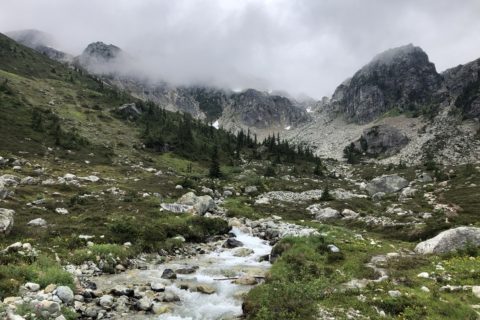
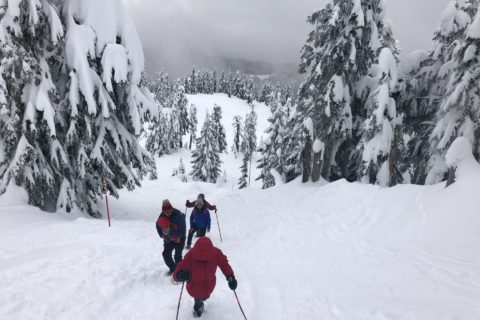
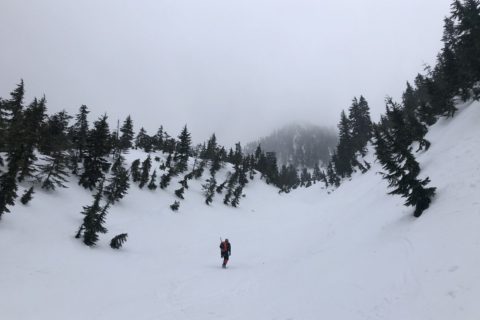
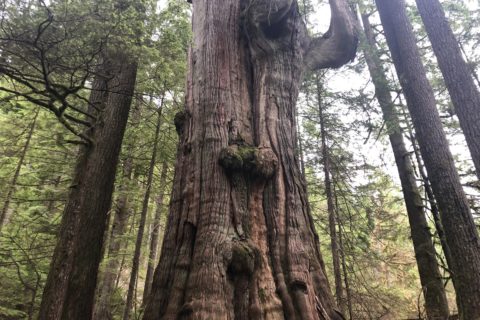
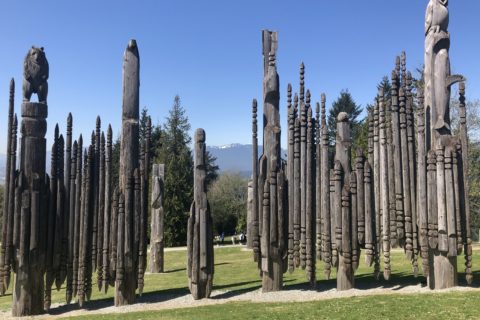
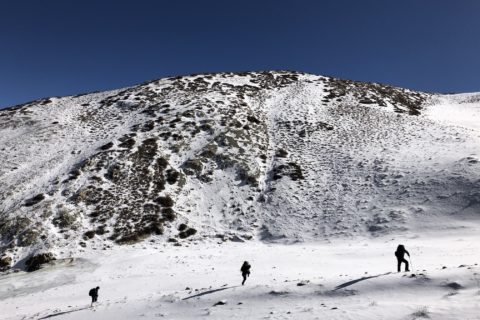
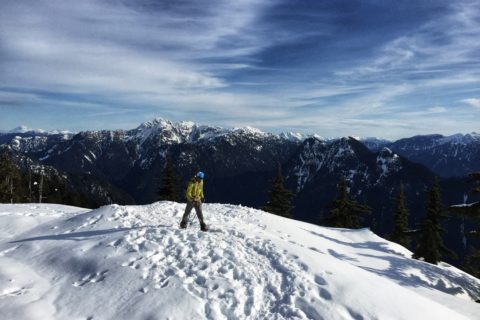
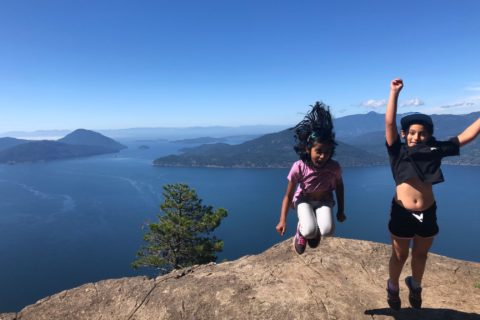
chan lihiley
mahiti chan aani photos pan mast
Thank you!
Amazing…
Thanks Pujitha.
अतिशय बारकाव्याने प्रत्येक छोट्या छोट्या गोष्टींचा विचार करून, त्यासाठीचे संदर्भ , उपलब्ध असलेली माहिती यांचा योग्य समन्वय साधून उत्तम ब्लॉग लिहिलायस शशी. अभिनंदन
अजून थोडे फोटो असते तर अजून मजा आली असती. सध्याच्या परिस्थितीत तुझा ब्लॉग वाचताना थोड्या वेळासाठी का होईना मी तुमच्याबरोबर ट्रेक अनुभवला, धन्यवाद.
अनेक शुभेच्छा
धन्यवाद सचिन!
पुढच्या पोस्टमध्ये जास्त फोटोज टाकायचा प्रयत्न करतो.